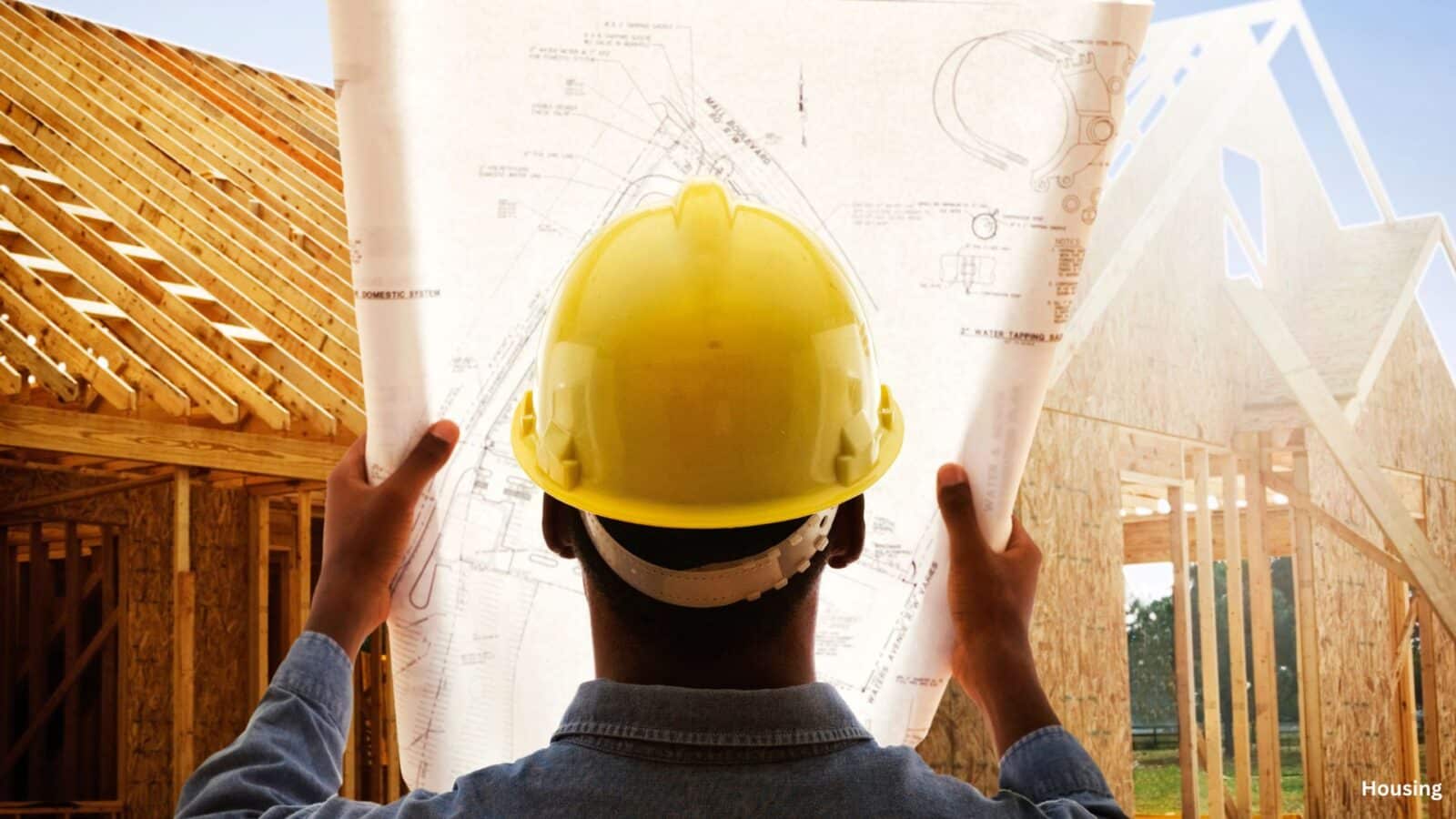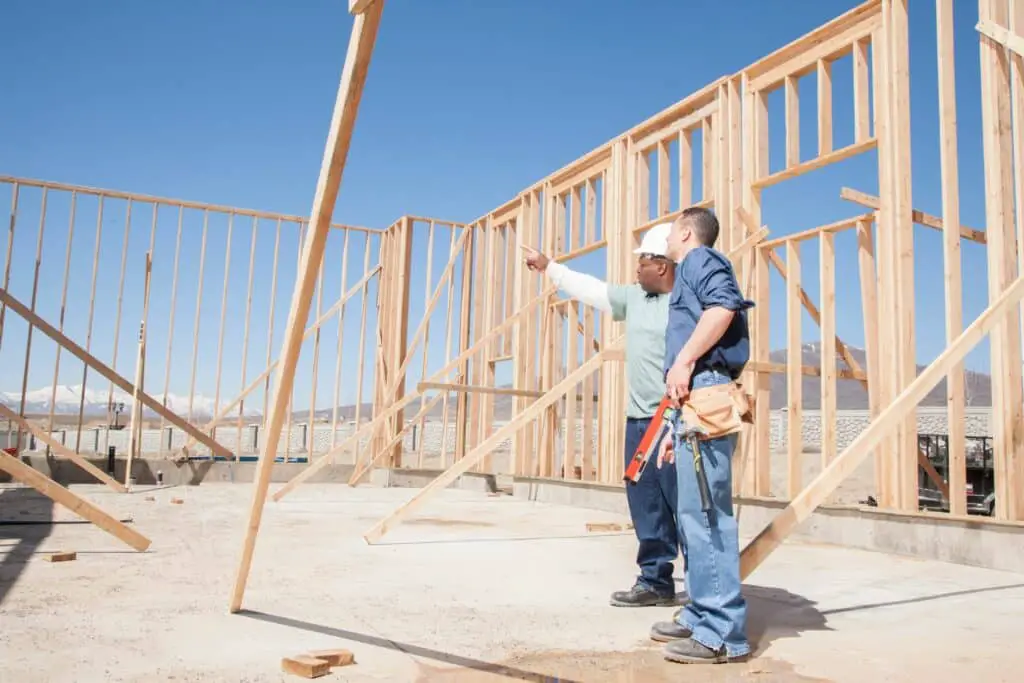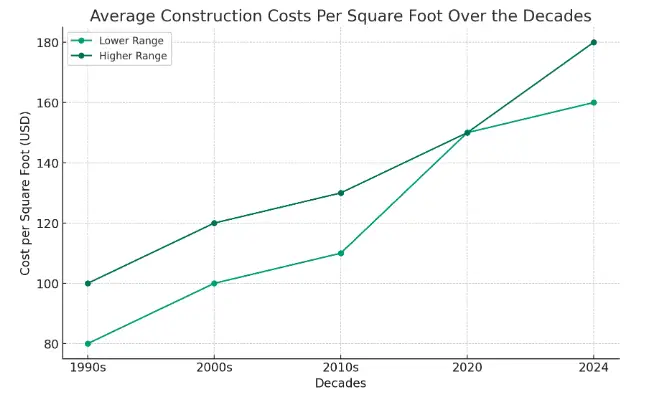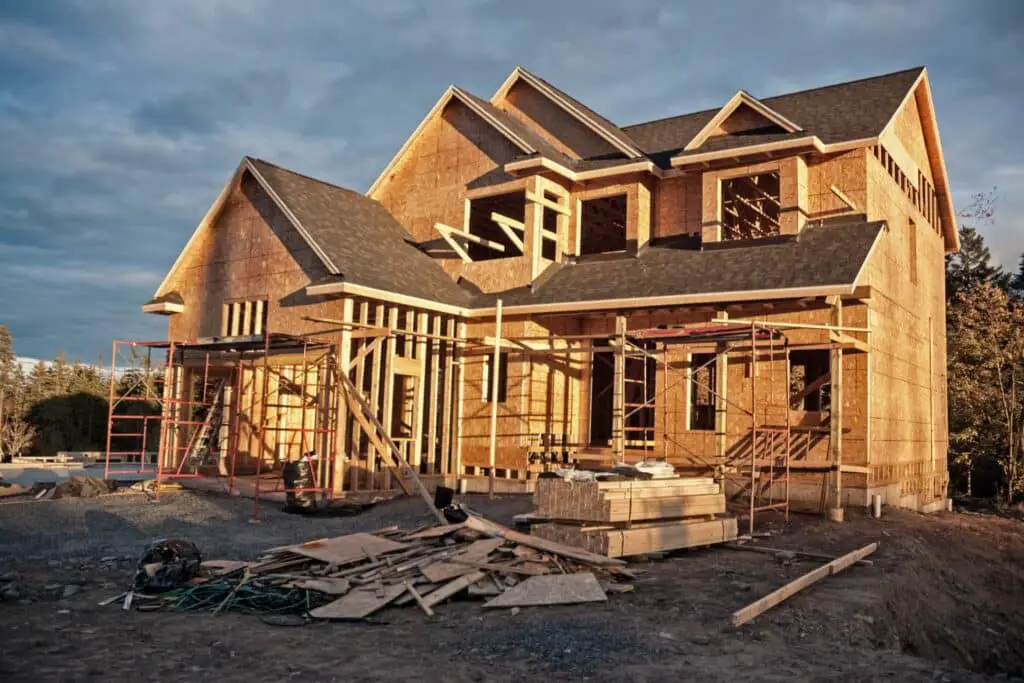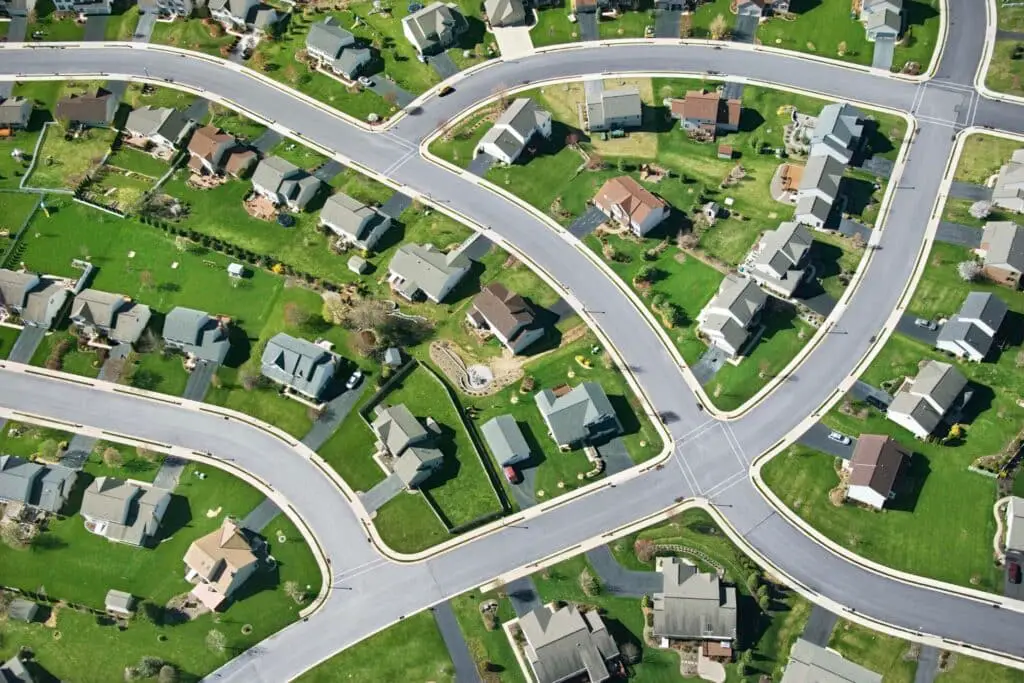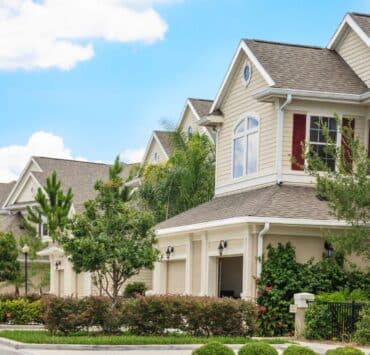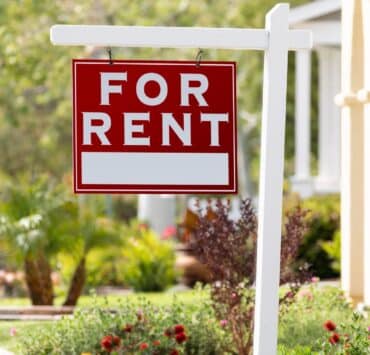The home construction cost in 2024 is around $332,376, which translates to approximately $158 per square foot. Read on as we explore the factors that drive these costs. This article not only compares historical data but also incorporates recent insights, including from sources like Forbes, to offer a comprehensive view of what to expect in terms of per-square-foot expenses in the US.
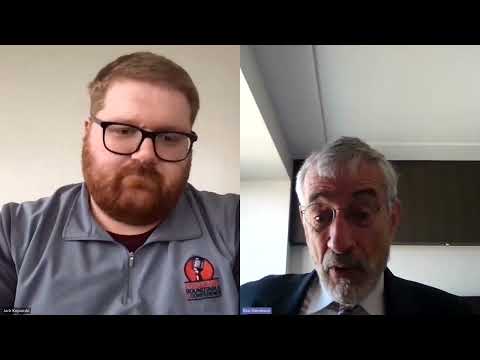
Construction Costs in 2024 Projections:
Material Costs
On average, building a new home in the United States costs around $332,376, which translates to $158 per square foot. The prices of building materials like lumber, concrete, and insulation have stabilized compared to the extreme volatility during the pandemic, although some materials like drywall and cement may see price increases. For instance, the cost of fiberglass insulation has continued to rise due to increased demand and new energy efficiency standards.
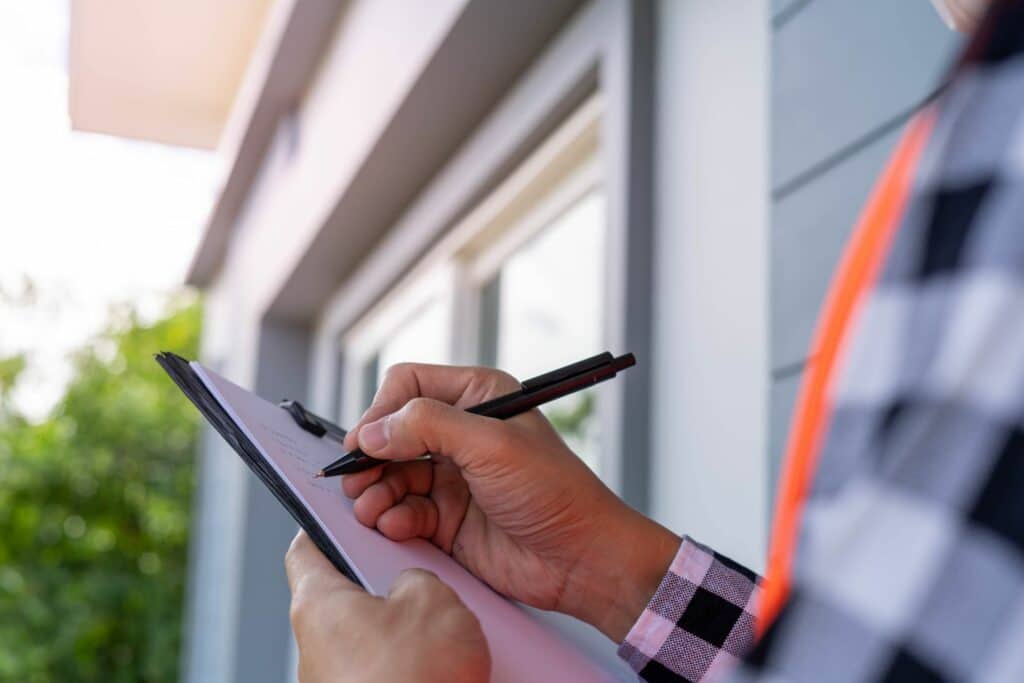
Material costs, labor trends, technological advancements, and broader economic factors like inflation all play crucial roles in determining construction costs, with each contributing variably to overall expenses.
Labor Trends
Labor shortages continue to be a huge problem in the construction industry, driving up wages and making it challenging to find available contractors. Labor typically accounts for about 36% of the total construction cost.
Regional Variations
Costs can vary significantly by state. For example, building the same 2,100-square-foot home can range from under $300,000 in some southern states to over $431,000 in Hawaii.
- Northeast: In states like New York or Massachusetts, high labor costs and strict building codes mean that building a 2,100-square-foot home can exceed $400,000, especially in urban areas.
- West Coast: In California, construction costs are often driven up by high land prices, environmental regulations, and a high cost of living. Building a 2,100-square-foot home can easily surpass $500,000 in areas like Los Angeles or San Francisco.
- Midwest: In states such as Ohio or Indiana, construction costs are generally lower. Building a 2,100-square-foot home might range from $250,000 to $300,000, due to lower labor and land costs.
- Mountain States: In states like Colorado, costs can vary significantly depending on the area. In Denver or ski-resort towns, a 2,100-square-foot home may cost upwards of $400,000, while more rural areas may see costs closer to $300,000.
- Pacific Northwest: In Washington and Oregon, the high cost of materials and labor can drive up prices, with homes in Seattle or Portland often costing $450,000 or more for a 2,100-square-foot build.
- Southern States: In states like Texas and Georgia, construction costs are generally lower. A 2,100-square-foot home might cost between $250,000 and $320,000 due to more affordable land and materials.
- Alaska: Due to remote locations and the need to import materials, construction costs in Alaska can be high, with a 2,100-square-foot home potentially costing over $450,000, especially in less accessible areas.
- New England: In states like Vermont and New Hampshire, building costs are moderate but can rise in tourist-heavy regions. A 2,100-square-foot home might range from $350,000 to $400,000.
Technological Advancements
While technology in construction promises efficiency and sustainability, the upfront costs for these technologies may initially raise construction expenses. However, they can provide long-term savings and environmental benefits.
Economic Factors
Broader economic trends such as inflation, interest rates, and global economic health are key determinants in shaping construction costs.
Projected Average Costs to Build a House in 2024
These estimates are based on the projected average construction material cost per square foot for 2024, which, as discussed, is anticipated to be between $160 and $180. These estimates do not include land cost, labor, and other factors.
| House Size in sq ft | $160/sq ft (USD) | $180/sq ft (USD) |
| 500 | 80,000 | 90,000 |
| 1,000 | 160,000 | 180,000 |
| 2,500 | 400,000 | 450,000 |
| 3,500 | 560,000 | 630,000 |
| 5,000 | 800,000 | 900,000 |
Typical Cost Breakdown:
- Framing: $20,000 – $50,000
- Exterior Finishes: $40,000 – $60,000
- Major Systems Installation: $30,000 – $75,000
- Interior Finishes: $50,000 – $175,000
- Appliance Installation: $3,500 – $15,000
- Landscaping and Fencing: $4,330 – $21,550
Building a home provides customization opportunities but tends to be more expensive than buying an existing one, particularly when considering the costs of land, materials, and labor. The construction industry is adapting with methods like modular construction and increased use of technology to potentially reduce costs in the future.
Historical Perspective on Construction Costs:
1990s Era
A time of economic stability, construction costs were manageable, averaging $80 to $100 per square foot. This affordability was due to stable material prices and a balanced labor market.
2000s
This decade witnessed a rise in costs, mainly because of the booming real estate market. Prices increased to about $100 to $120 per square foot, reflecting the higher demand for housing and construction materials.
2010s
After the 2008 financial crisis, there was a period of adjustment, with costs settling around $110 to $130 per square foot. This stabilization was a result of a recovering economy and a gradual rise in material costs.
2020
The onset of the COVID-19 pandemic created a significant shift. Supply chain disruptions led to a spike in material costs, pushing the average construction costs to approximately $150 per square foot.
How New Tech is Making Building Cheaper and Easier
Building houses and buildings is getting a big makeover because of cool new tech like 3D printing, smart computers (AI), and a Lego-like building method called modular construction. These are shaking things up in the world of construction and even changing how much it costs to make a building.
3D Printing: Like Printing Your House!
Imagine if you could “print” a house like you print a document. That’s what 3D printing in construction is like. It uses a big printer to make parts of a building, one layer at a time, straight from a computer design. This is super cool because it needs fewer people to do the work and it doesn’t waste materials. It’s like only using the exact amount of dough you need for a cookie, no leftovers! But remember, starting with 3D printing can be a bit pricey because the printers and materials aren’t cheap.
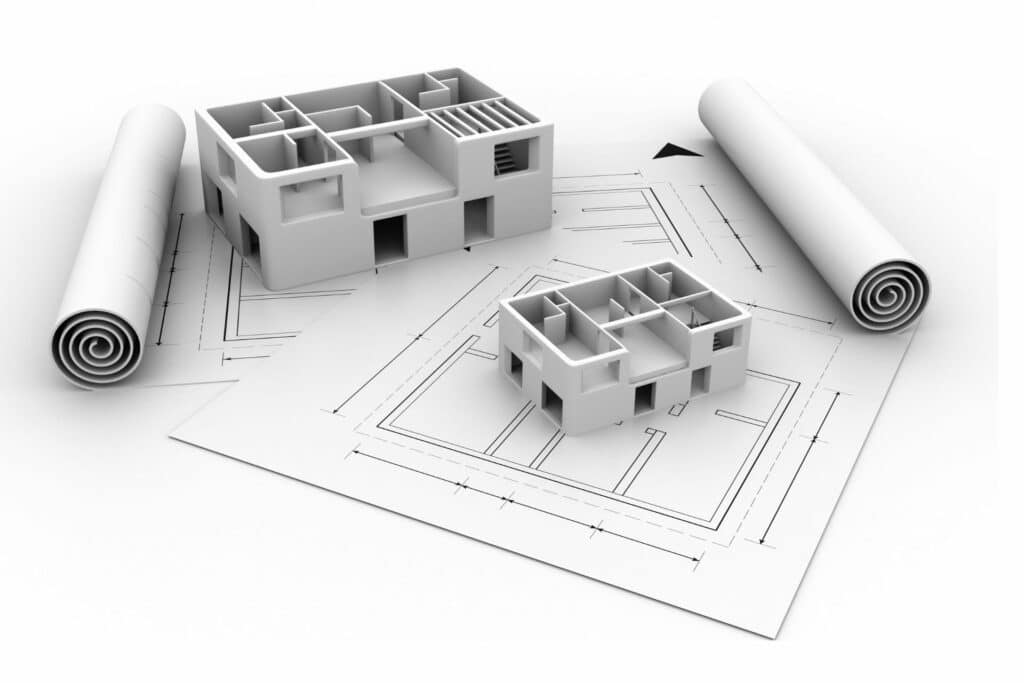
AI and Machine Learning: Smart Building
These days, computers can learn and make decisions, kind of like us. In building, these smart computers help plan everything and manage stuff like materials and workers. They’re like the brainy planners who can guess if there’ll be delays or if things might go over budget. This is a big deal because it helps use everything more wisely and saves money. Also, robots are stepping in to help with the building, making it safer and faster.
Modular Construction: Building Blocks for Houses
This is like building a house using big blocks or modules made in a factory and then putting them together at the building site. It’s becoming popular because it’s like a faster, cleaner way of building. Think of it like making a cake in parts — bake the layers separately, then stack them up. It saves time (which means less money spent on workers) and reduces mess. The only catch is that moving these big parts and needing special tools to put them together can add to the costs.
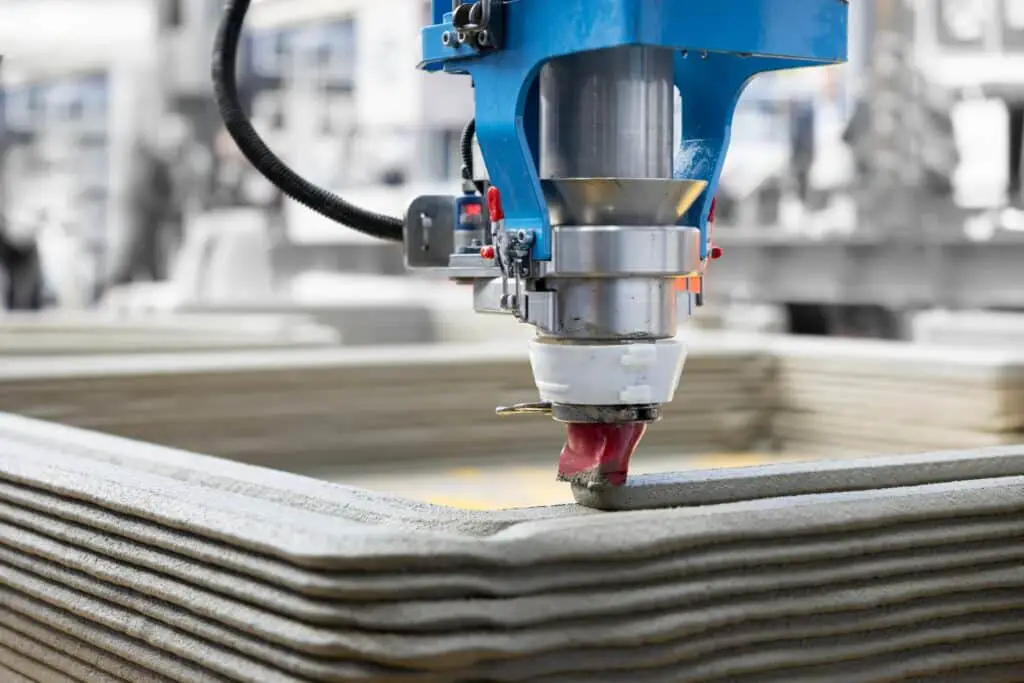
Paying for Your Construction: Ways to Fund Your Project
Building a house or a shop? You’ll need money for that. The good news is, there are different ways to get the cash you need. Let’s check out some easy options to help you pay for your building project.
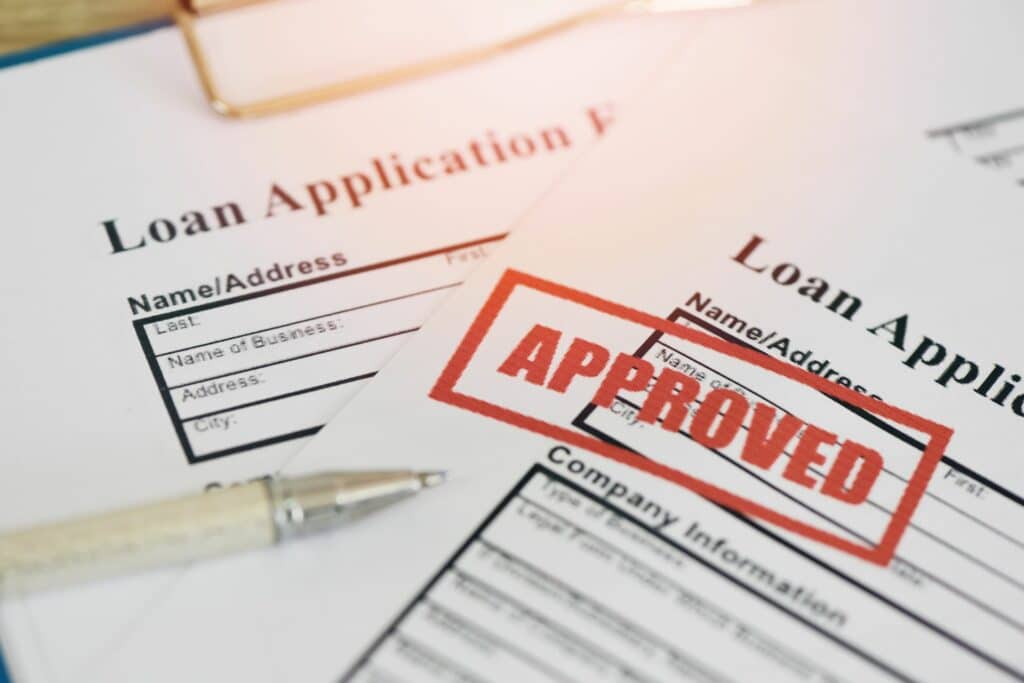
Construction Loans: Money to Build Your Place
Think of construction loans as a helping hand for your building work. You borrow money to pay for the building, and when it’s done, you pay back the loan or turn it into a normal home loan (mortgage). These loans are super helpful for construction, but remember, they might need you to have a full plan for your project and could have higher interest rates.
Home Building Mortgages: Pay as You Build
If you’re making a new house, consider a homebuilding mortgage. It’s like a normal mortgage but for homes that are being built. Usually, you pay the builder in parts as they finish each stage of the house.

Government Help: Free Money for Your Project
Sometimes, the government gives out grants or special programs to help pay for building. This is really handy, especially if your project is good for the environment or the community. These grants are great, but they do have their own rules.
Big Loans for Big Buildings: Commercial Construction
Building something big, like a shopping center or office building? There are special loans for that. They are bigger and might need you to show a business plan. These loans are made for the big money and complex stuff involved in big buildings.

It’s crucial to keep an eye on these varying factors to understand construction costs. While the exact per-square-foot cost is hard to pinpoint, current trends and analyses suggest a range of $160 to $180, influenced by materials, labor, technology, and economic conditions.
Questions About Construction Costs in 2024
What is the expected per-square-foot cost for home construction in 2024 in the US?
Based on current trends, the expected range is between $160 and $180 per square foot, subject to change with market conditions.
What are the primary drivers behind the changes in construction costs?
The cost is influenced by fluctuating material prices, the labor market’s dynamics, technological integration in construction, and overarching economic factors.
How have construction costs evolved over the years?
Starting from the 1990s, where costs were around $80-$100 per square foot, there has been a steady increase, leading to the current projection of $160-$180 for 2024.
What role does regional variation play in determining construction costs?
Regional differences have a significant impact on construction costs, as factors such as labor availability, material access, and local economic conditions vary. For instance, building a home in southern states can be considerably cheaper than in coastal areas or states like Hawaii, where the same 2,100-square-foot home can cost over $431,000 due to the higher cost of living and material transportation.
How are new technologies affecting construction costs in 2024?
Innovative technologies such as 3D printing, modular construction, and AI are reshaping the construction industry. While these advancements increase initial costs due to the need for specialized equipment and materials, they offer long-term savings by reducing waste, speeding up construction timelines, and improving overall efficiency.
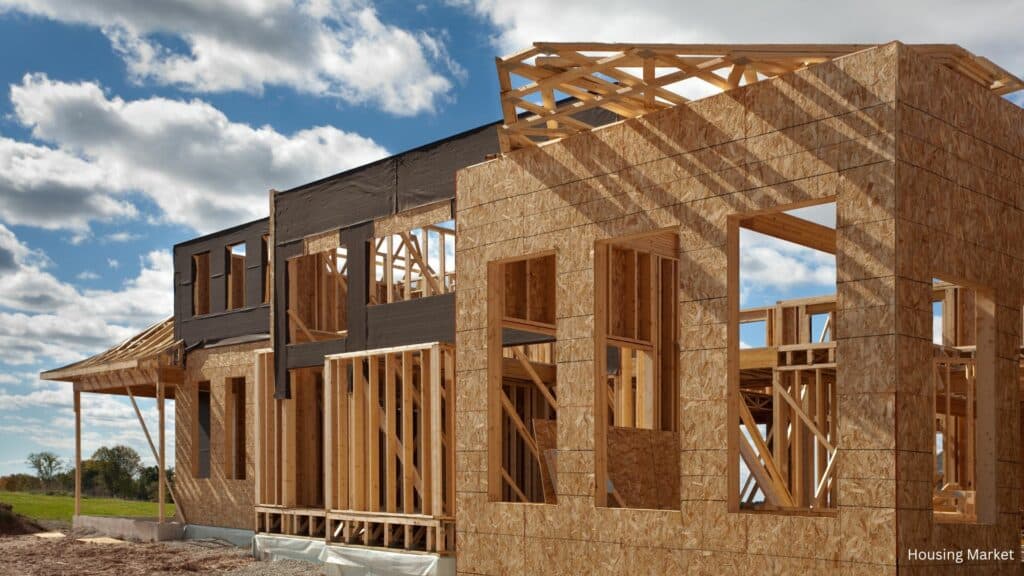
Home construction costs in 2024 depend on several factors, like material prices, labor trends, new technology, and the economy. The average cost per square foot is expected to be between $160 and $180, but this can vary based on location and building practices. Technology is changing the construction industry, creating both challenges and benefits for homeowners. Whether you’re building a new home or upgrading an existing one, knowing these factors can help you make smart choices for your project.
Related posts:
 Personal Loan vs. Equity Loan: 5 Main Differences You Need to Know Now
Personal Loan vs. Equity Loan: 5 Main Differences You Need to Know Now
 Supply Skepticism: The Complex Puzzle in US Housing 2023
Supply Skepticism: The Complex Puzzle in US Housing 2023
 FHFA Conforming Loan Limit Hike to $766,550 in 2024: Implications and Analysis
FHFA Conforming Loan Limit Hike to $766,550 in 2024: Implications and Analysis
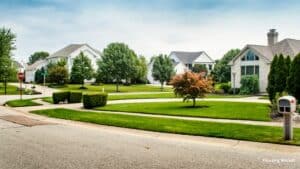 20 Hottest Housing Markets in America as of May 2024
20 Hottest Housing Markets in America as of May 2024
 Realtors: Coronavirus Starts Slowing Down Housing Market
Realtors: Coronavirus Starts Slowing Down Housing Market
